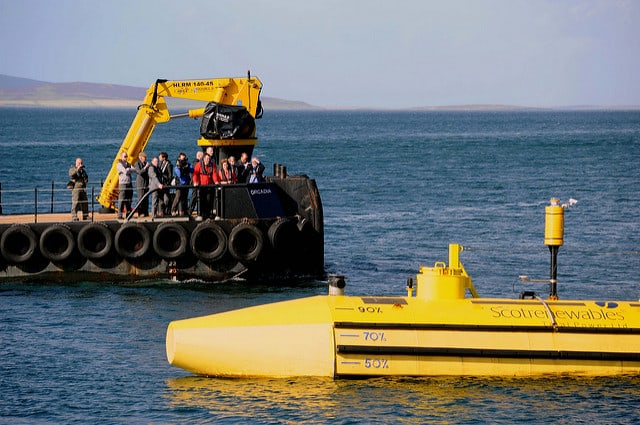Development of Wave Generation Plants
The waves that surfers enjoy riding, and
the bane of existence for seasickness sufferers on ships and boats can also be
used to generate electricity. Using the power of waves in the oceans or other
large bodies of water is in actual fact another way of harnessing the power of
the wind to generate electricity.
Wave power generation is a relatively new
form of generating electricity, and this shows in the number and size of plants
currently in operation, generating power using the waves. And unlike wind power
generation using turbines, where the basic concept of blades and a turbine is
the same, there are still many variants of wave power plants each with unique
design characteristics and features.
Still in its infancy, there has not been a
fully commissioned plant with an installed capacity larger than 2.5MW. In
comparison, a single onshore wind turbine can have a capacity higher than this.
Though, with the technological developments taking place, and the feasibility
of these power sources with the rising cost of electricity generated using
fossil fuels, wave energy development is looking promising.
Funding has been a problem for wave
generation plants. Up till now, the world’s first, and largest project
utilising wave power, the Aguçadoura Wave Farm, only operated for a few months
before funding ran out and investors pulled back.
“Conventional” wind and solar power have
been able to grow to the level they are now, in which they are self sustaining,
only because they were supported by subsidies and government grants. For wave
power to succeed and to enjoy the advantages of scale, investment will need to
take place from private enterprise, but also using public funds. This will only
be further incentivised with rising oil and gas costs, and a continued push for
renewable power generation.




Comments
Post a Comment